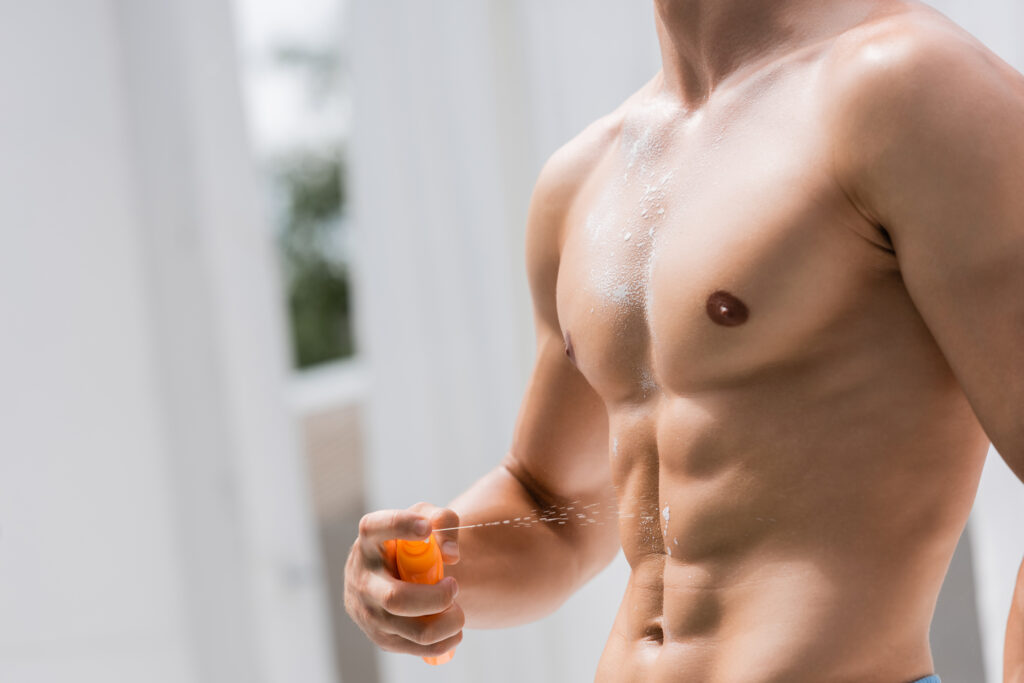Consuming adequate protein can be beneficial for several reasons. First, protein is essential for the repair and growth of muscle tissue. After you engage in strength training exercises, particularly those targeting your abdominal muscles, your muscles experience tiny tears. Protein aids in the recovery and repair of these tears, leading to muscle growth. Over time, as you build more muscle in your abdominal area, the potential for defined abs increases.
Moreover, protein has a higher thermic effect than carbohydrates or fats, meaning your body burns more calories processing protein than it does processing other macronutrients. This can assist in reducing your overall body fat percentage, a crucial aspect of revealing those abs.
Additionally, protein tends to be more satiating, meaning it can help you feel fuller for longer. This can lead to reduced calorie consumption, further helping in achieving a caloric deficit, which is essential for fat loss.
However, it’s essential to understand that simply eating more protein in isolation won’t guarantee visible six-pack abs. Total calorie intake, the balance of other macronutrients, your overall body fat percentage, and your exercise regimen are also vital factors. Abs become visible when you have built sufficient abdominal muscle and reduced your body fat to a level where these muscles show. Typically, for men, this is around 10-12% body fat and for women, around 16-19%.
So, While increasing protein intake can assist in muscle growth and fat loss, it’s just one piece of the puzzle. To achieve visible six-pack abs, it’s equally important to maintain a balanced diet, be in a caloric deficit, and engage in both strength training and cardiovascular exercises.

